Known for her versatility as an artist, her work ethic and her unconventional lifestyle, Loma Lautour is an eccentric and engaging personality in Australian art history. Living a bohemian existence in Sydney’s artist community during the 1920s and 30s, she established herself as a talented sculptor, jeweller, modeller, printmaker and craft-worker.
Loma Lautour
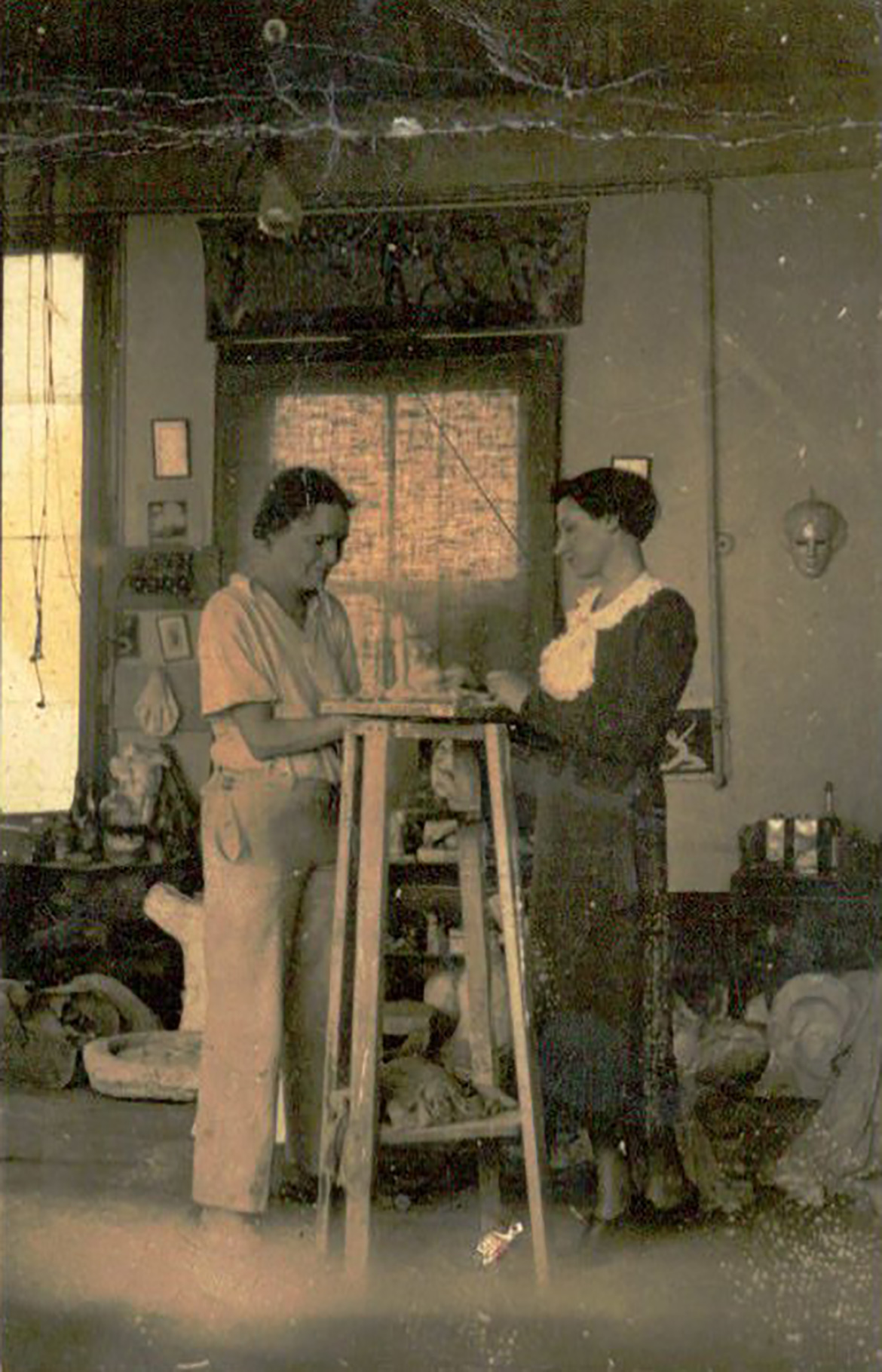
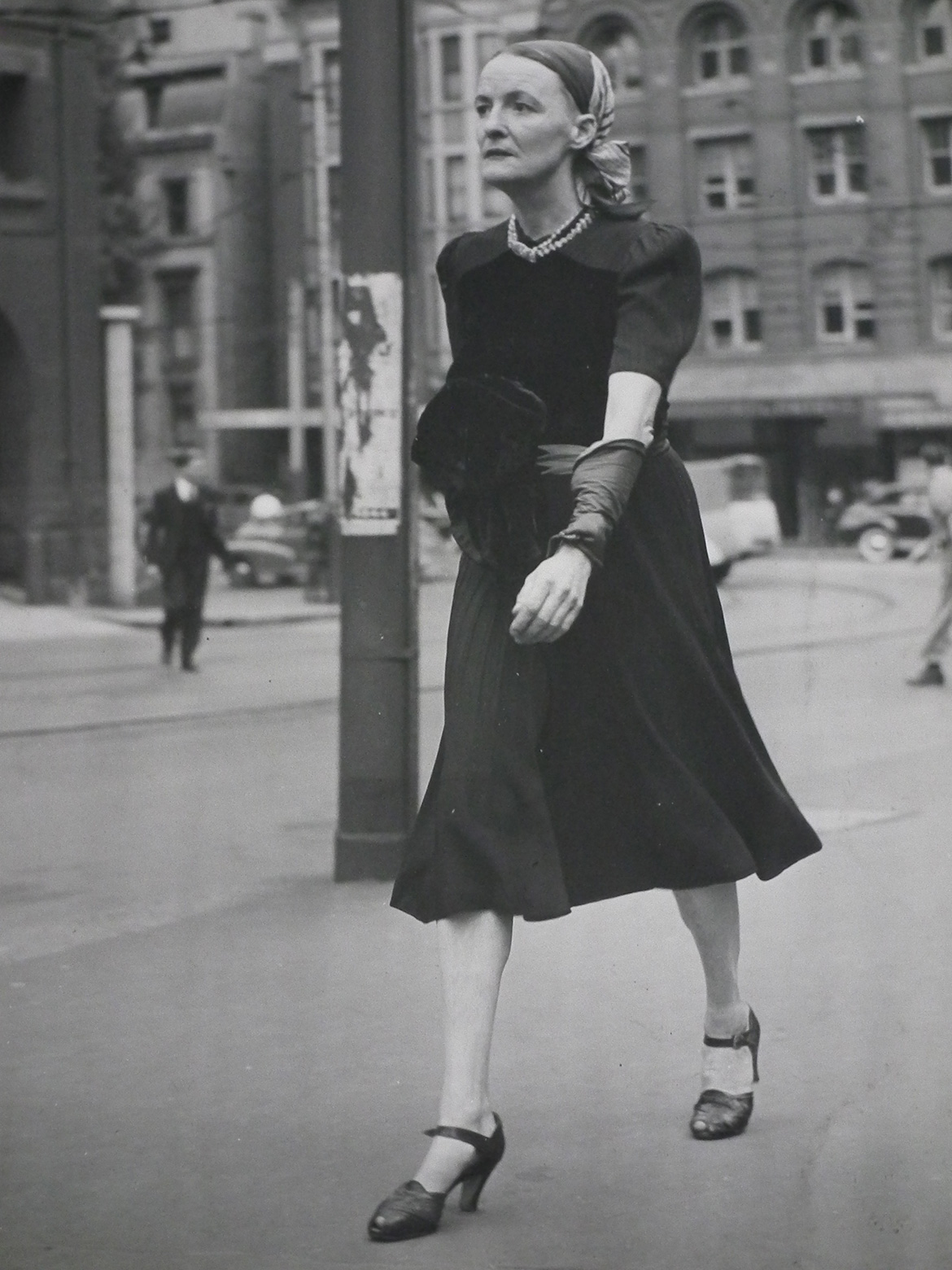
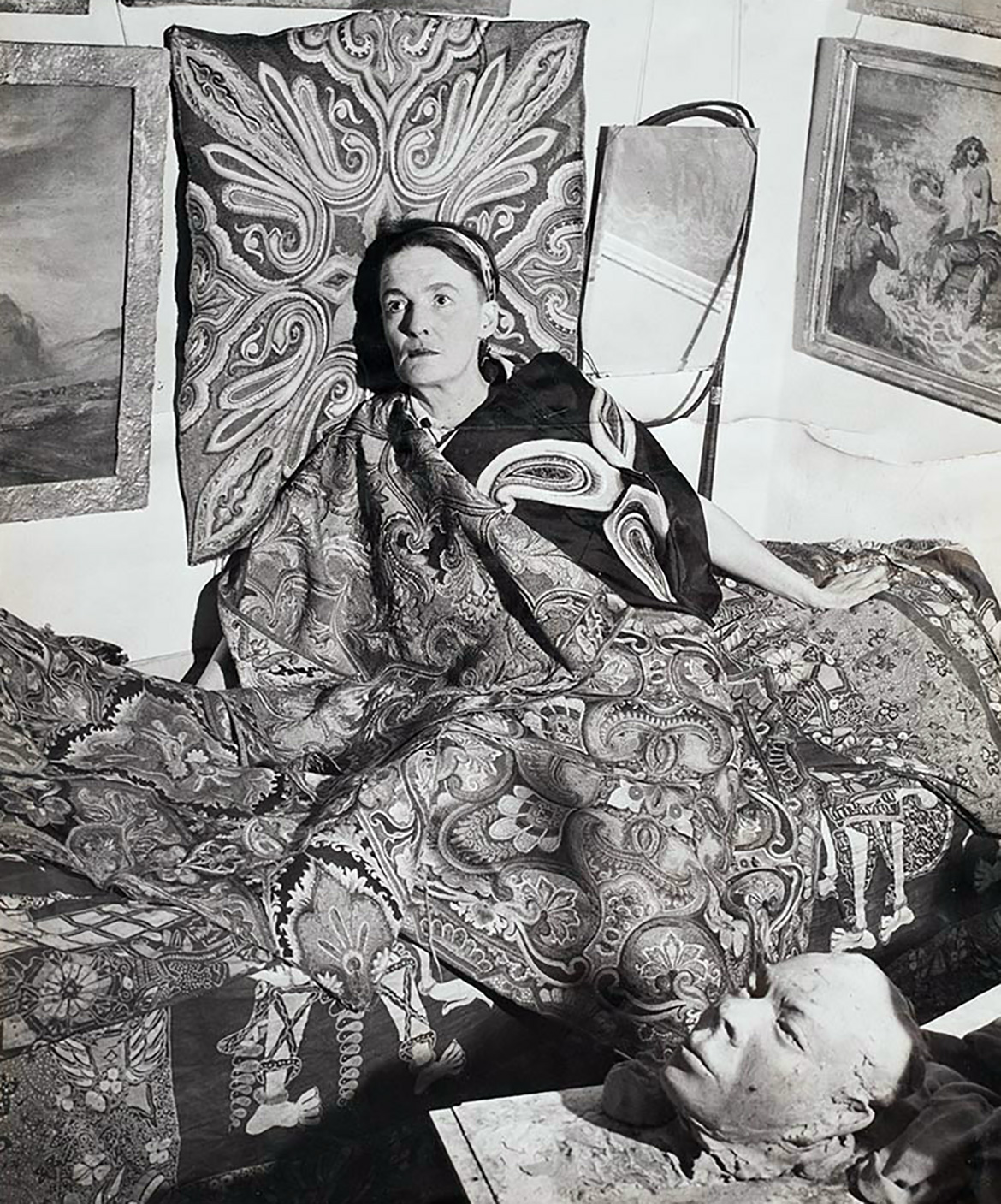
Loma Kyle Turnbull was born in 1902 at Mellool Station, Moulamein, in the Riverina district of New South Wales. When her mother died the following year, Loma was sent to England to be raised by relatives. Following her return to Australia at the age of 12, she changed her surname to ‘Lautour’ after her maternal great-great-grandfather, General Peter Lautour.
At 24, Loma Lautour married Raymond Lindsay, the son of artist Norman Lindsay (1879–1969), and enrolled at the East Sydney Technical College, where she was taught by sculptor Rayner Hoff (1894–1937) and influenced by Jacob Epstein (1880–1959). After completing the course, she divided her time between exhibiting, teaching and adapting her skills to industrial arts, working for companies such as Mashman Bros Pottery at Chatswood in Sydney.
Loma Latour ‘Nirvana’ 1936
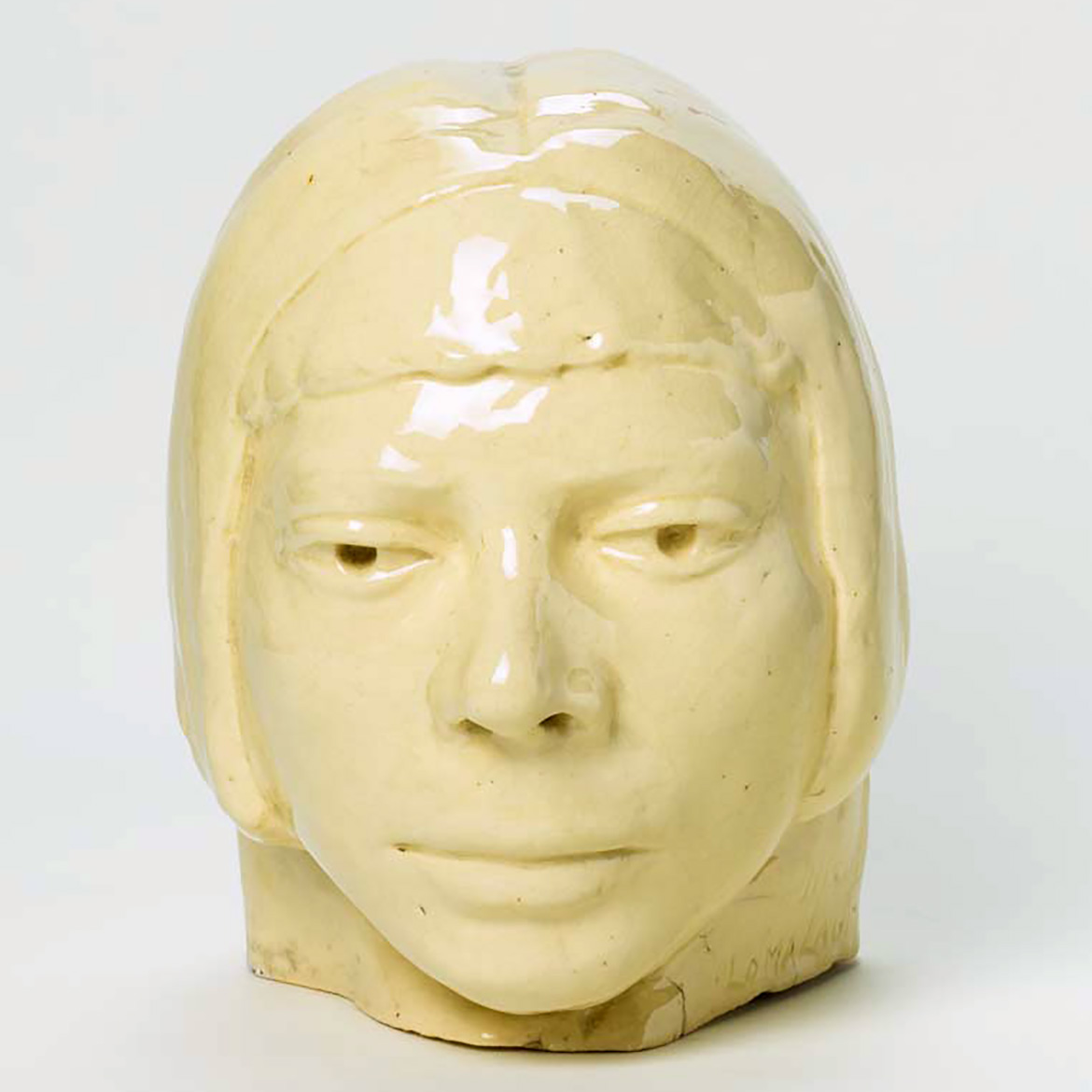

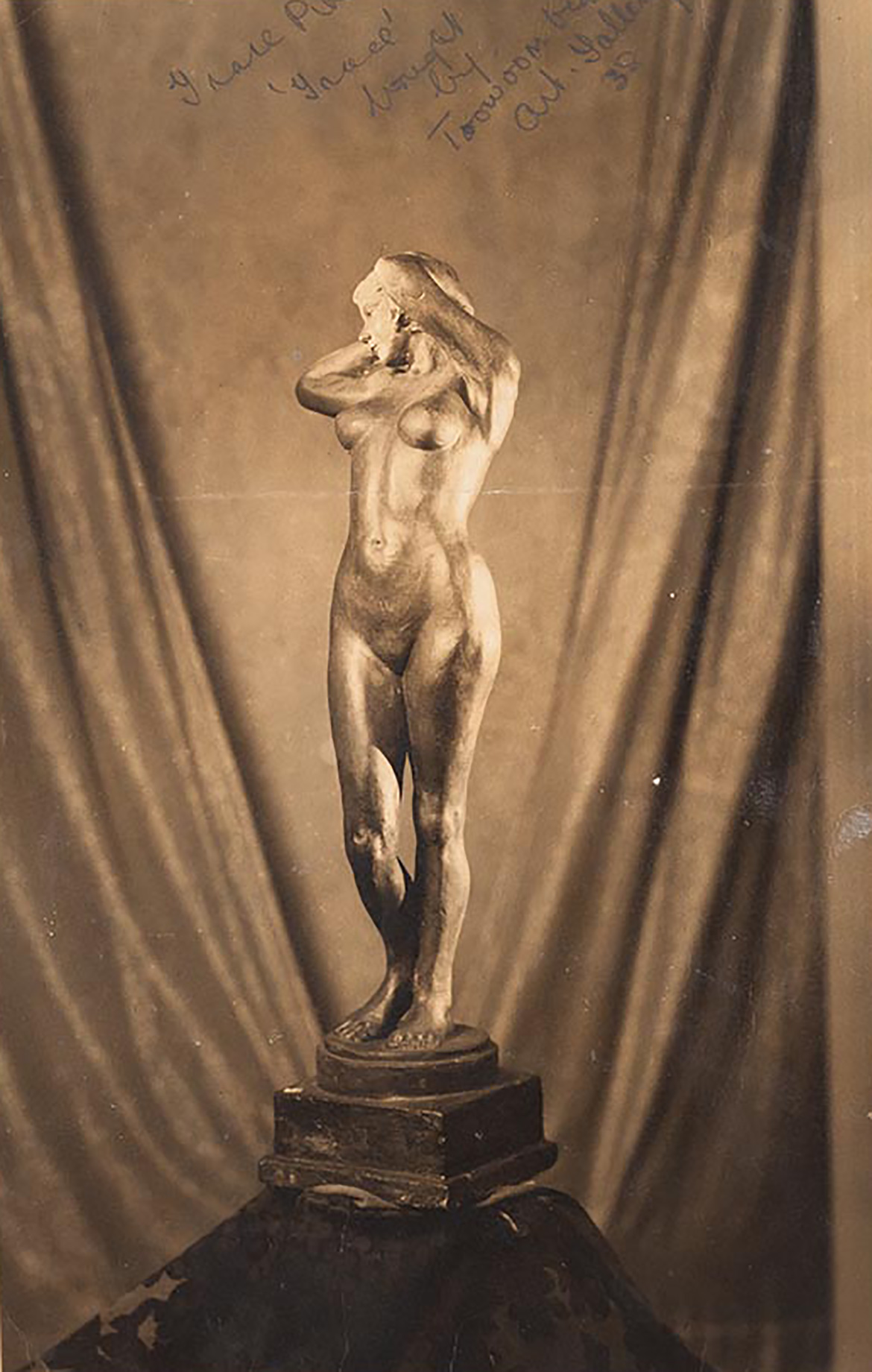
Despite working in various forms of the industrial arts to earn a living during the 1930s, Lautour also exhibited with the Society of Artists, the Royal Art Society and the Woman’s Industrial Society. In 1936, the Art Gallery of New South Wales purchased The Egoist c.1936, her glazed earthenware bust of George Bernard Shaw.
Loma Latour ‘Brooch’ 1951

After World War Two, and the death of her second husband, Lautour moved to Brisbane in 1950, where her jewellery-making brought her prominence. She exhibited with the Royal Queensland Art Society, the Half Dozen Group of Artists, and the Moreton Galleries; and well-known Brisbane antique dealer Cecilia McNally sold her distinctive, contemporary jewellery. Lautour bought a waterfront acreage on Stradbroke Island, where she lived until her death in 1964.
The Queensland Art Gallery purchased Loma Lautour’s undated sculpture, Negro head, in 1953, and holds two of her ceramic works and three pieces of jewellery.
Jacklyn Young, Librarian (Collections), QAGOMA
QAGOMA Research Library
The QAGOMA Research Library is located on Level 3 of the Gallery of Modern Art (GOMA). Open to the public Tuesday to Friday 10.00am to 5.00pm. visit us in person or explore the online catalogue. Access to special collections is available by appointment.
Featured image: Loma Lautour’s workshop, where she is seen with examples of her jewellery. Visible in the picture is the medal she made for Pope Pius IV / Loma Lautour scrapbook 1935-53 / Gift of Miss Celia McNally / Collection: QAGOMA Research Library
#QAGOMA
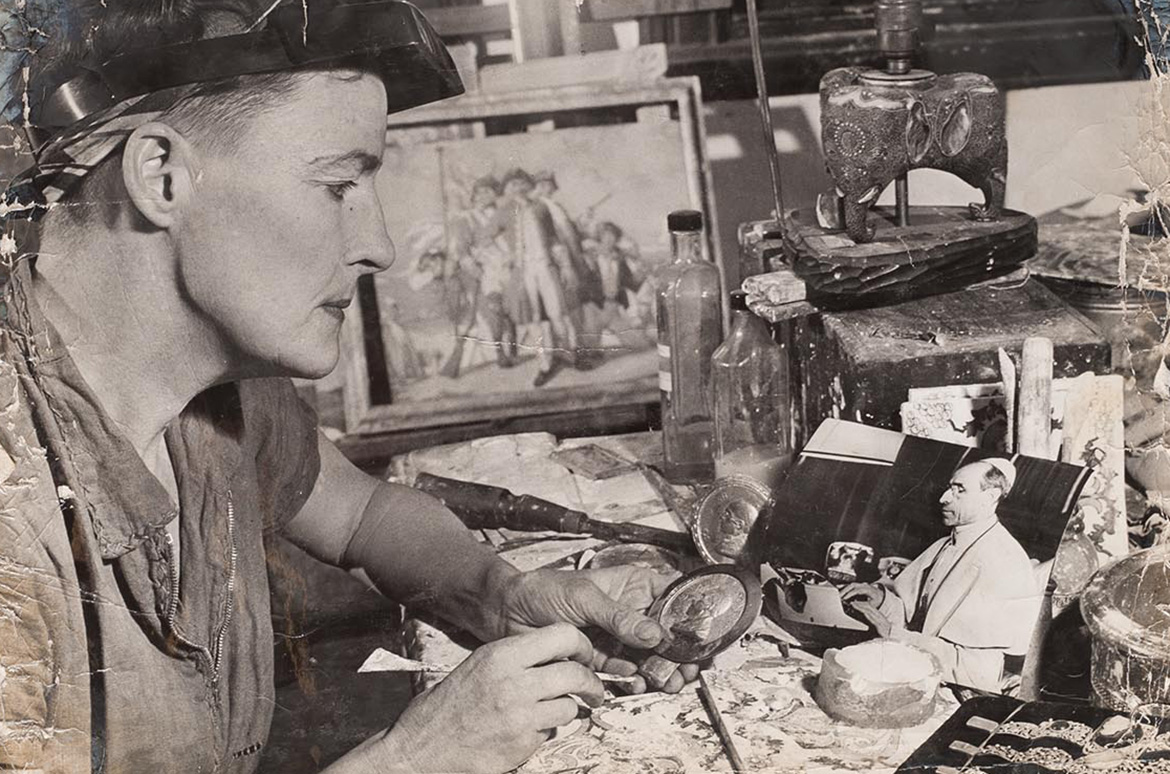
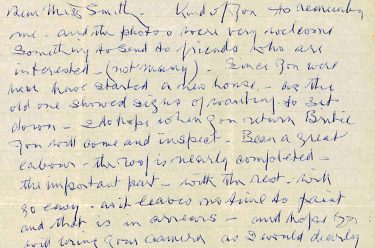
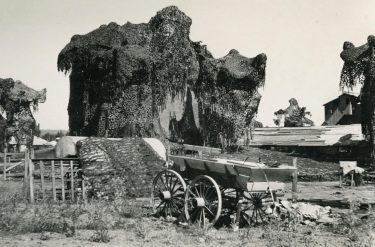
A collection of negatives from a feature article on Loma Latour is available to view at the State Library of NSW. The originals of some of the pictures in the scrapbook are in there too,
https://collection.sl.nsw.gov.au/record/nZNWJbmn